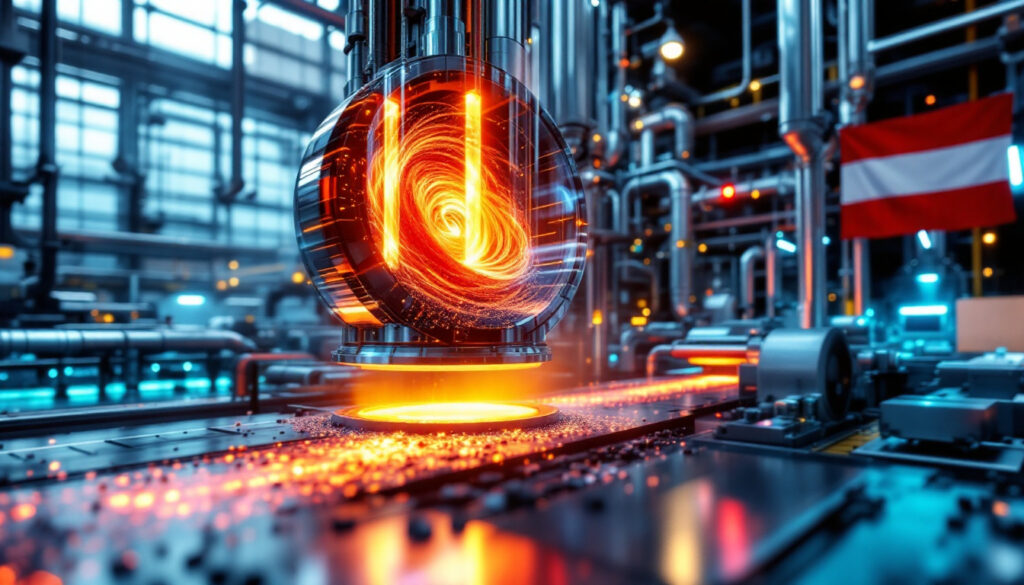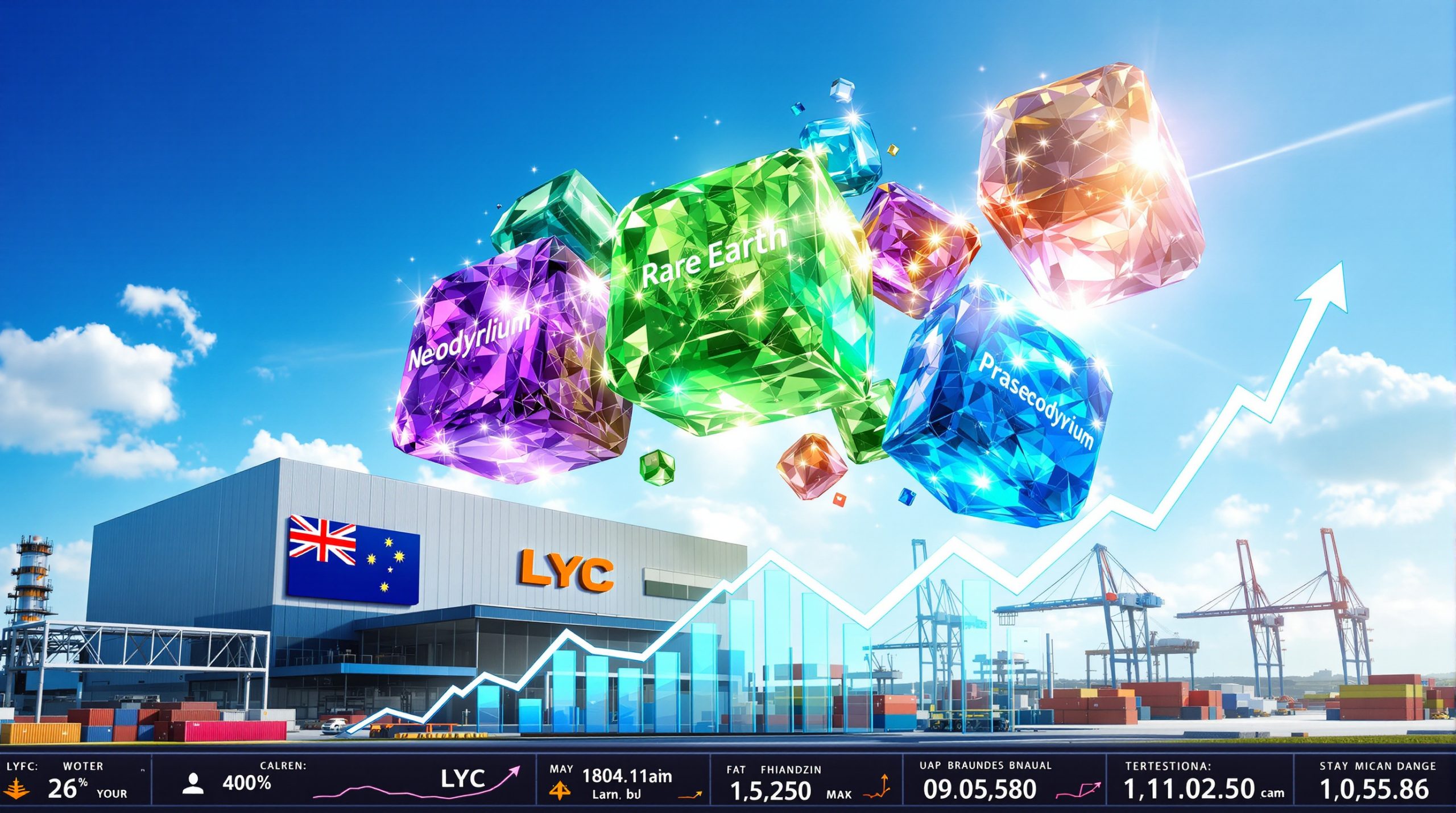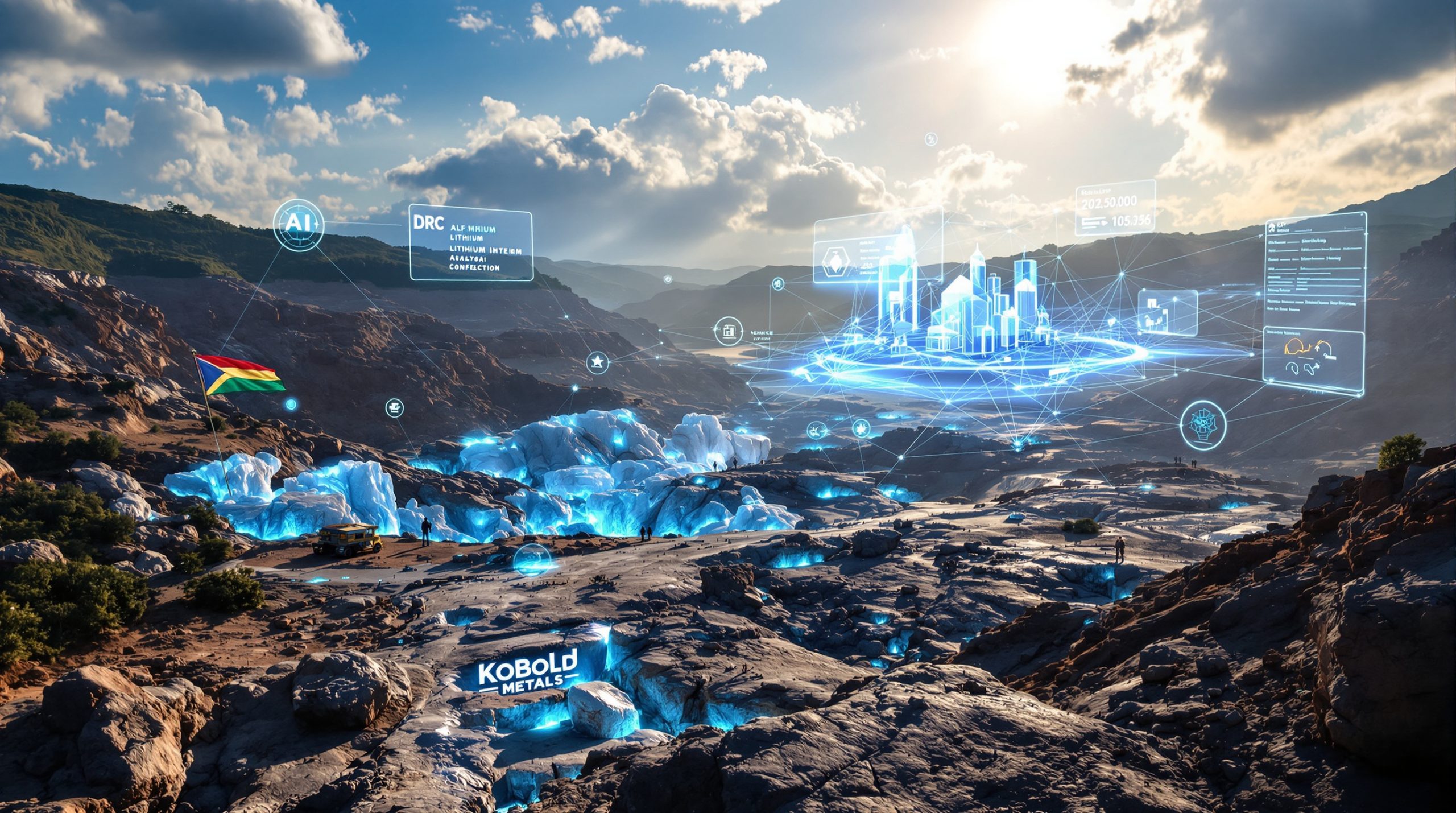What is the HYFOR Technology?
Understanding Hydrogen-Based Fine-Ore Reduction
HYFOR is the first direct reduction technology capable of processing iron ore fines without pelletizing or sintering, bypassing energy-intensive agglomeration steps. Since 2021, pilot operations at voestalpine's Donawitz site have validated the fluidized bed system's efficiency, leveraging hydrogen as the sole reducing agent. The integration of Smelter technology—a renewable energy-powered furnace—enables continuous production of net-zero CO₂ hot metal, a critical advancement for green mining revolution.
Key Technical Advantages
The fluidized bed reactor ensures uniform gas-solid contact, enhancing reduction kinetics and minimizing hydrogen consumption. By directly using fines, HYFOR eliminates 10–15% energy losses associated with agglomeration, reducing overall operational costs. The prototype's three-ton-per-hour capacity provides a scalable model for industrial deployment, with potential throughput increases through reactor modularization.
Who is Behind the Hydrogen-Based Ironmaking Project?
The Consortium Partners
Primetals Technologies leads technological development, supported by Mitsubishi Corporation's expertise in industrial scaling. Rio Tinto contributes 70% of iron ore feedstock from Pilbara, Canada, and future Simandou operations, ensuring high-quality input tailored to HYFOR's requirements. voestalpine hosts pilot and commercial facilities, aligning the initiative with its greentec steel program targeting carbon neutrality by 2050.
Funding and Support Framework
The Austrian government's 'Transformation of Industry' program and EU Clean Steel Partnership have committed €50 million (estimated) to the Linz prototype. Additional backing from the Hydrogen Valleys initiative underscores the project's role in cross-sectoral hydrogen integration, linking mobility, energy, and heavy industry.
How Does the HYFOR Process Work?
The Integrated Production Process
Iron ore fines are preheated to 800°C before entering the fluidized bed, where hydrogen reduces Fe₂O₃ to metallic iron at 95% efficiency. The Smelter, powered by onsite renewables, melts reduced fines into hot metal while capturing residual CO₂ for industrial reuse. This continuous flow—from reduction to liquid metal—slashes energy use by 40% compared to blast furnace routes.
Iron Ore Supply Strategy
Rio Tinto's Pilbara ore, with 62% Fe content and low impurities, optimizes HYFOR's performance. Future integration of Simandou ore (65.5% Fe) could enhance output quality, though logistical challenges remain in transporting Guinean feedstock to Europe.
What is the Timeline for Implementation?
Development and Construction Schedule
The April 2025 cooperation agreement targets mid-2027 commissioning for the Linz plant, synchronized with voestalpine's electric arc furnace rollout. Construction phases include a 12-month reactor assembly and 6-month hydrogen infrastructure integration.
Long-term Commercialization Plans
Primetals aims to commercialize HYFOR by 2030, targeting Asian and European markets. Rio Tinto clean energy shift includes joint ventures with steelmakers in Japan and South Korea, leveraging Mitsubishi's regional networks.
How Will This Technology Impact Steel Decarbonization?
Environmental Impact Projections
voestalpine's 30% CO₂ reduction by 2029 equates to 3.5 million tons annually, aligning with EU Fit for 55 targets. Full HYFOR adoption could abate 450 million tons globally by 2040, 12% of steel's carbon footprint.
Industry Transformation Potential
Alexander Fleischanderl (Primetals CTO) notes HYFOR's potential to "redefine ironmaking as the LD converter did in the 1950s". Herbert Eibensteiner (voestalpine CEO) emphasizes green hydrogen's centrality to achieving carbon-neutral steel, with HYFOR serving as the linchpin.
What Are the Broader Applications of Hydrogen Valleys?
Multi-Sector Integration
The Linz Hydrogen Valley interconnects steel production with municipal transport (fuel cell buses) and grid stabilization, utilizing excess renewable energy for electrolysis. Synergies reduce hydrogen costs by 22% compared to standalone systems.
Future Expansion Possibilities
Scaling HYFOR to 10-ton/hour capacity could service mini-mills near mining sites, reducing transport emissions. Adaptations for manganese and chromium ore reduction are under exploration, broadening the technology's metallurgical scope.
FAQ: Hydrogen-Based Ironmaking
What makes HYFOR different from conventional direct reduction processes?
HYFOR's elimination of agglomeration cuts capital costs by 25% and operational expenses by 18% versus Midrex systems. Hydrogen purity requirements (99.5%) are lower than shaft furnace alternatives, easing production constraints.
How does the Smelter technology complement HYFOR?
The Smelter's DC arc design achieves 98% energy efficiency, melting DRI at 1,500°C without coke. Integrated carbon capture units treat off-gases, enabling negative emissions when using biogas-powered reactors.
What role does Rio Tinto play in the consortium?
Beyond supplying 70% feedstock, Rio Tinto optimizes ore sizing (0.5–6 mm) and moisture content (<1%) for stable fluidized bed operation. Its Simandou development includes dedicated HYFOR-grade processing lines.
How does this technology fit into voestalpine's decarbonization strategy?
HYFOR bridges voestalpine's transition from coal-based blast furnaces to 100% electric arc routes by 2050. The Linz site's hydrogen pipeline network, fed by 240 MW of wind farms, ensures scalable green H₂ supply.
This comprehensive integration of technological innovation, strategic partnerships, and policy alignment positions the consortium progressing hydrogen-based ironmaking plant as a cornerstone of industrial decarbonization, offering a replicable model for global heavy industries. Furthermore, as mining industry ESG challenges continue to evolve, technologies like HYFOR will be crucial in meeting sustainability goals. According to recent analyses, expert projections indicate that decarbonisation in mining will accelerate dramatically through 2030, with multiple 2025 mining predictions pointing toward hydrogen technologies as a key growth sector.
Want to Spot the Next Major Mining Discovery Before the Market Does?
Stay ahead of the crowd with Discovery Alert's proprietary Discovery IQ model, delivering real-time notifications on significant ASX mineral discoveries and transforming complex data into actionable insights. Explore how major mineral discoveries can lead to substantial returns by visiting the dedicated discoveries page and start your 30-day free trial today.




